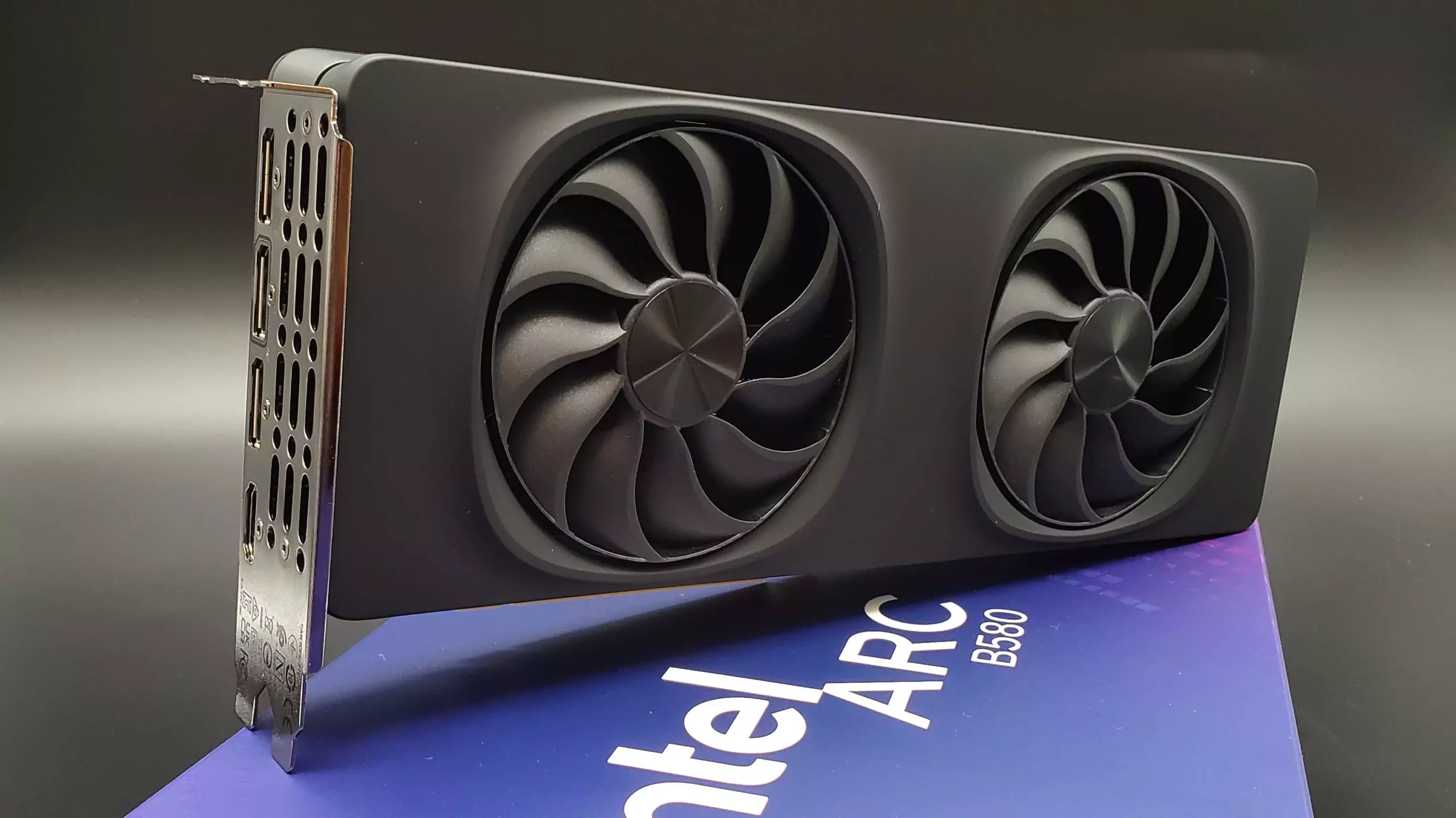The tech community stands poised on the brink of an exhilarating season, with Computex just around the corner. This renowned trade show is often a hotbed for groundbreaking hardware announcements, attracting attention not only from industry insiders but also from eager enthusiasts. Among the most anticipated announcements are those concerning entry-level GPUs, which hold the potential to reshape the budget gaming landscape. The excitement is palpable, yet intertwined with a tinge of disappointment as rumors swirl around the Intel Arc B770 graphics card, leaving many hopeful fans questioning whether their desires will be met.
Intel’s Mysterious Tease
Recently, Intel stirred the pot with vague references to the Arc B770 in response to multiple inquiries on social media. While the company’s posts are not explicitly about releasing the B770 at Computex, they danced around the topic, prompting speculation. Responses like “stay tuned” from Intel have incited a flurry of comments, with users pleading for solid information on the potential B770. It’s a mix of engagement and frustration; while Intel is generating buzz, it also raises expectations that may not be fulfilled.
Interestingly, Intel seems to be focusing on unveiling their professional-grade Arc Pro GPUs at Computex instead of catering directly to the gaming community’s curiosity around the B770. This could signal a marketing strategy that prioritizes professional markets over gaming, a bold move that might alienate a segment of their consumer base. Many enthusiasts are left reading between the lines, considering the implications of such a corporate direction.
The B770: A Potential Game-Changer
Much speculation exists about the B770’s capabilities and specifications. Based on earlier reports, there’s confidence in its existence and its ability to compete within the entry-level to mid-range graphics market. Early indications hint at the B770 utilizing a BMG-G31 die, which is expected to deliver at least a 50% performance improvement compared to the BMG-G21 die found in previous Intel offerings. The rumored inclusion of 32 Execution Units (EUs) is particularly notable, matching the count of some higher-tier cards and suggesting that the B770 could provide competitive gaming performance for enthusiasts on a budget.
It’s crucial to recognize that this competitive landscape is not without its hurdles. The first-generation Arc graphics have received mixed reviews, largely due to inconsistent driver performance that hampered the overall user experience. While Intel has made strides to rectify these issues with updates and refinements, consumers remain cautious. The advent of the B770 could represent a turning point, yet it would need to showcase not just raw specifications but also usability and stability to truly make a significant impact.
Competitors on the Horizon
The competitive arena for accessible GPUs is heating up with NVIDIA and AMD also preparing fresh launches around the same time as Computex. NVIDIA’s upcoming RTX 5060 series and AMD’s RX 9060, both set to attract attention during the expo, are likely to place immense pressure on Intel’s strategies. Observing how these graphics cards stack up against the anticipated performance metrics of the B770 will be critical for Intel.
For consumers, the implications of this competition are encouraging. Affordable GPUs have been notoriously challenging to find in a market that has been inflated due to component shortages and excessive retail markups. The hope is that with an influx of new offerings, consumers will finally gain access to reasonably priced options that provide a satisfactory gaming experience without breaking the bank.
Looking Ahead
As Computex looms, the anticipation surrounding the B770 and its rivals encourages a sense of optimism among gamers and PC enthusiasts alike. A robust assortment of entry-level graphics cards could reshape the current marketplace, allowing more individuals to experience gaming in a way that is both fulfilling and economically viable. While the skepticism about pricing in real-world applications remains, the notion of diversified offerings is a promising signal that the industry is evolving.
As we eagerly await the announcements that could define the future of budget graphics performance, it’s clear that both innovation and competition are essential to push forward into an era where gaming hardware is both powerful and accessible to all. The unfolding narrative of Intel’s B770 could either lead a revival in the entry-level GPU sector or serve as a cautionary tale about the risks of corporate uncertainty.

